If you wanted to sum up the life of Garech Browne, the founder of Claddagh Records, “chaos, conflict and creativity” would be about right, according to James Morrissey. “Garech could be as erratic as he was eccentric,” Morrissey says. “Claddagh Records was a precarious project which defied business norms. And Garech loved it all the more for that.”
Morrissey, the label’s chairman, has just written Real to Reel, a book about the late Guinness heir, whose larger-than-life persona included legendary parties at Luggala, his 5,000-acre estate in Co Wicklow, and whose social circle included Samuel Beckett, Patrick Kavanagh, Pablo Picasso and Lucian Freud.
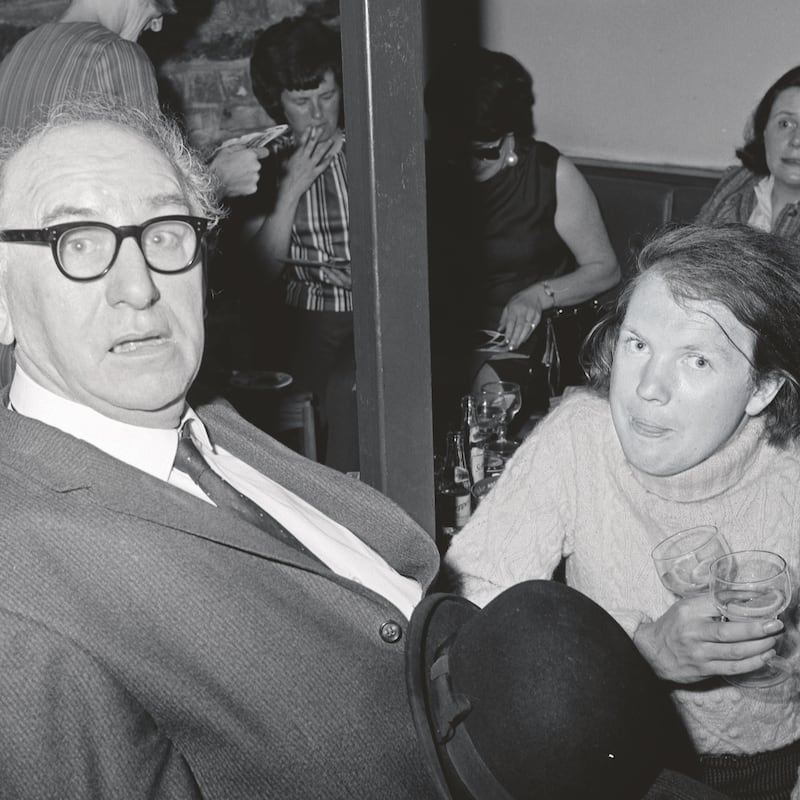
The large-format hardback and the vinyl album that accompanies it, featuring remastered tracks from the Claddagh catalogue, seek to capture the essence of a man whose life’s work was the preservation and celebration of Irish music and culture.
“We had discussed how the history of Claddagh Records should be written,” Morrissey says, “and he asked me to write it. With regard to Garech, things always took longer. He was one of the great procrastinators, but I spent a lot of days and late nights down in Luggala. He asked Mary Hayes, his librarian, to get some boxes out of storage for me to take a look through, and the more I saw, the more I wanted to see. It wasn’t altogether in the most orderly way, but it was all there, and while that made the task more arduous, it was more enjoyable in that I was stumbling across things.”
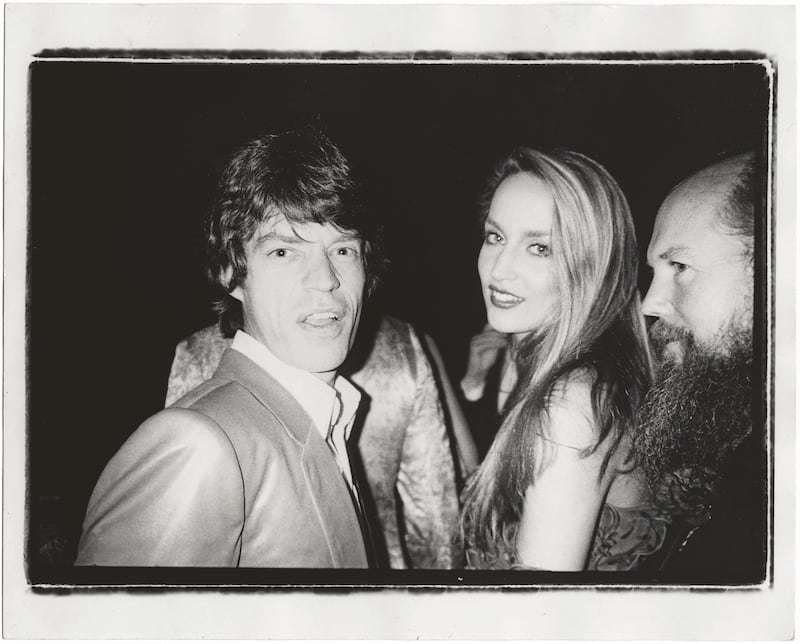
Browne may have seemed to be living a gilded life, but he felt deeply the loss of his younger brother, Tara, who died in a car crash in London in 1966, at the age of 21 (and whose short life inspired the Beatles song in A Day in the Life). “He had lost his closest friend and brother,” Morrissey says. “The rest of it was glitz and glamour and parties at Luggala, where everybody was welcome as long as they weren’t boring, but the fact was that he and Tara were very, very close, and I think that loss never left him.”
Browne founded Claddagh Records in 1959 with his friend Ivor Browne; its first album release was Rí na bPíobairí, or King of the Pipers, by the renowned Dublin piper Leo Rowsome, who had taught both of them to play the uilleann pipes. Garech Browne “focused on identifying artists who he wanted to record, but his oral and visual skills and talents were amazing. His ability to hear and interpret music hugely impressed Ciarán Mac Mathúna,” Morrissey says, referring to the late broadcaster, an authority on traditional music.
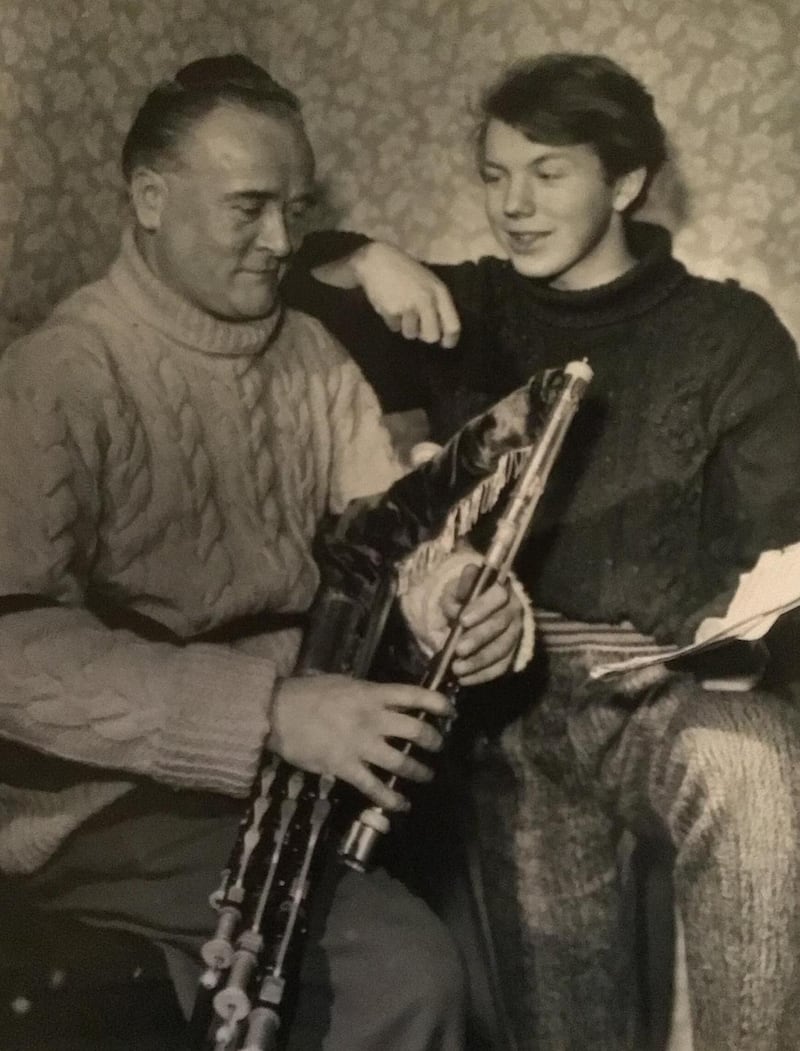
“It was Lucian Freud who taught him how to see things, when they visited galleries, and his attention to detail for the visual was extraordinary. For example, he had the sculptor Eddie Delany designing album covers, and he made sure that sleeve notes were of the highest standard. He regarded the album as a full package; the design was of an incredibly high standard.”
Morrissey believes Browne was racked with self-doubt. “Unlike the vast majority of people, he had access to the material things that one would want – money and all the trappings,” Morrissey says, “and I don’t know if Garech wondered himself what would happen to him, but I think that shines a light on a deep-rooted loneliness, insecurity and shyness masked by overconfidence, which wasn’t really overconfidence at all.
[ ‘Uilleann pipes make a comprehensive argument for their own majesty’Opens in new window ]
“I believe he wanted to find something that he could immerse himself in. I think the more he listened to Ciarán Mac Mathúna on Radio Éireann, the more he liked. He saw something that he really felt at home with, even though I’m sure he looked rather odd and eccentric when he turned up at people’s homes with the ponytail and an English accent and dressed in tweeds.
“I think he decided that this was what he would like to do, but I don’t think he ever believed that Claddagh Records would get to where it did, and I think that even in his later years he hoped he had made some contribution but that, deep down, his insecurities were niggling and he wasn’t sure at all about the contribution he had made, privately, at least.”
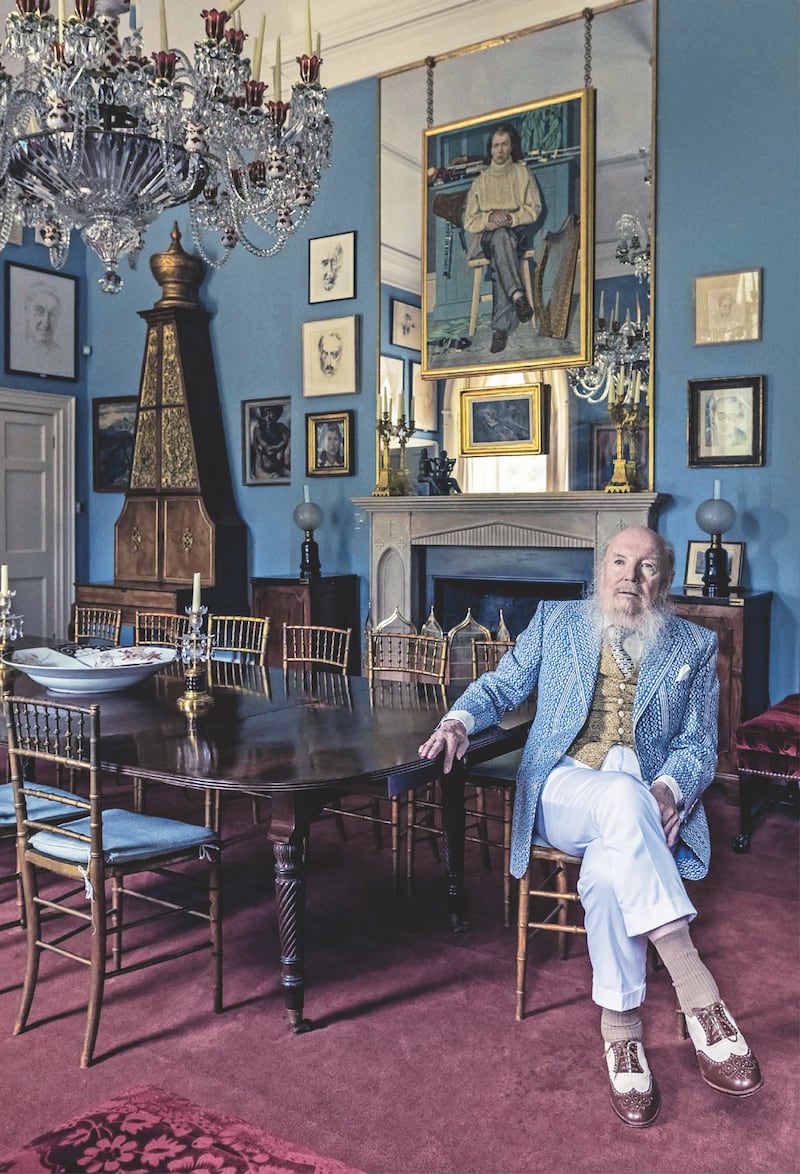
Browne set the bar high when it came to the roster of artists who recorded for Claddagh. He and Paddy Moloney of The Chieftains, who also worked for the label, eventually becoming one of its directors, sometimes clashed over Browne’s choice of design, but his bold vision ultimately served the records well. And Browne had huge respect for the musicians. Rowsome was a recipient of Browne’s renowned hospitality each year.
“Garech embraced Leo because he saw him as one of the last remaining teachers and pipemakers,” Morrissey says, “and he never forgot what Leo did by recording that album. For many years after that, Garech would send a Rolls-Royce to Donnycarney [in Dublin] to collect Leo and his wife and children and take them down to Luggala for a party after Christmas. He had great loyalty to Leo.”
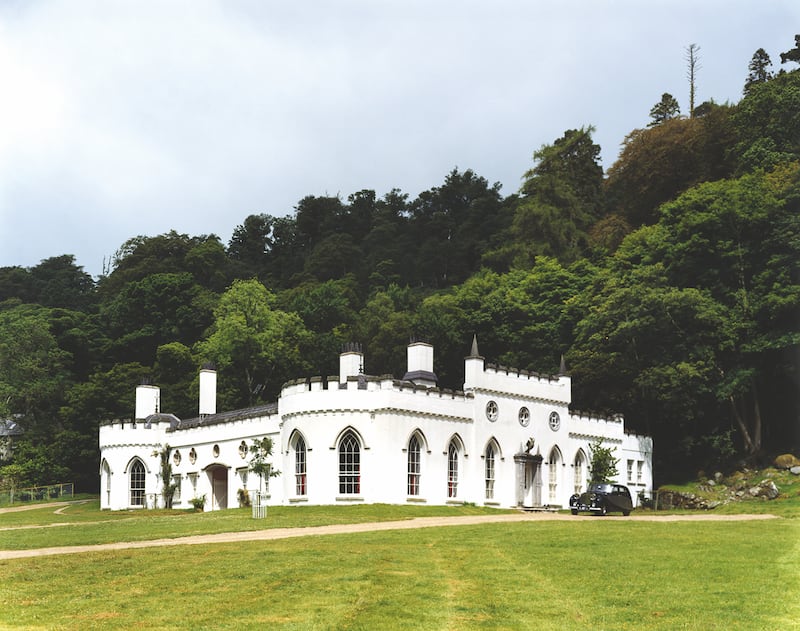
The 17-track vinyl album features some of the finest music captured by Claddagh, including songs by Rowsome and The Chieftains, as well as a never-before-published poem by Paul Muldoon, which the Pulitzer winner recorded in the 1970s.
Real to Reel is a colourful chronicle of a complex man whose life wouldn’t chime easily with the demands of a modern record label. “He was an extraordinary procrastinator,” Morrissey says with a smile. “Everything didn’t work like clockwork. Quite the opposite: there was no clock, no calendar!
[ Garech Browne: The spendthrift Irish aristocrat who burned through millionsOpens in new window ]
“A lot of people regarded him as a dandy, and at time his endeavours were not taken seriously, but I think that history will serve him well. This book is a celebration of a wonderful life and the contribution of a unique individual, in the hope that it might inspire young artists to do what they want with their lives.
“It’s more precarious than ever to make a living as an artist nowadays, and I think that we see that in the Claddagh recordings. The spoken-word recordings never made money, but he insisted on putting them out. That was the strength of his vision: to make sure that what was worthwhile was supported.”
Real to Reel: Garech Browne & Claddagh Records, by James Morrissey, is published by Claddagh Records




















